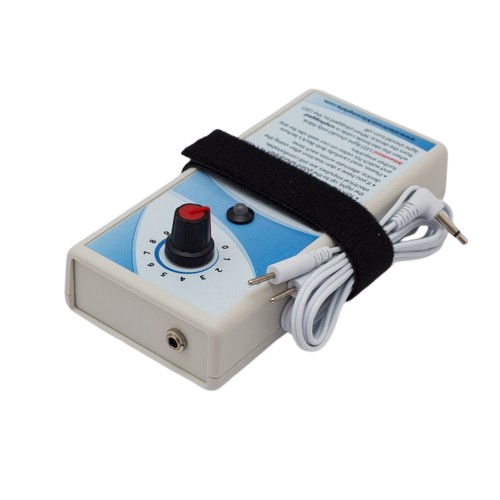Transcranial Magnetic Stimulation (TMS)
Transcranial Magnetic Stimulation (TMS): Transcranial Magnetic Stimulation (TMS) is a non-invasive procedure used to treat various neurological and psychiatric conditions. It involves the use of electromagnetic pulses that are delivered to specific regions of the brain through a coil placed on the scalp.
During a TMS session, the electromagnetic pulses generate small electrical currents in the brain, which can modulate neuronal activity. By targeting specific brain areas, TMS can influence the function of these regions and potentially alleviate symptoms associated with certain disorders.
TMS is primarily used in the treatment of depression, particularly when other treatment options such as medications or therapy have been ineffective. It has also shown promise in managing other conditions, including anxiety disorders, post-traumatic stress disorder (PTSD), and certain types of chronic pain.
The procedure is generally well-tolerated and does not require anesthesia, allowing individuals to remain awake throughout the session. A typical course of TMS treatment involves multiple sessions over several weeks, with each session lasting around 20 to 30 minutes.
One of the advantages of TMS is its relatively low risk of significant side effects. Some individuals may experience mild discomfort or headaches during or after the session, but these effects are usually temporary and subside on their own.
As with any medical procedure, it’s important to consult with a healthcare professional experienced in TMS to determine whether it is a suitable treatment option for your specific condition. They can assess your medical history, conduct evaluations, and provide personalized recommendations.
Please note that the information provided here is intended for general understanding and should not replace professional medical advice. Always consult with a qualified healthcare provider for accurate information and guidance regarding your specific situation.
